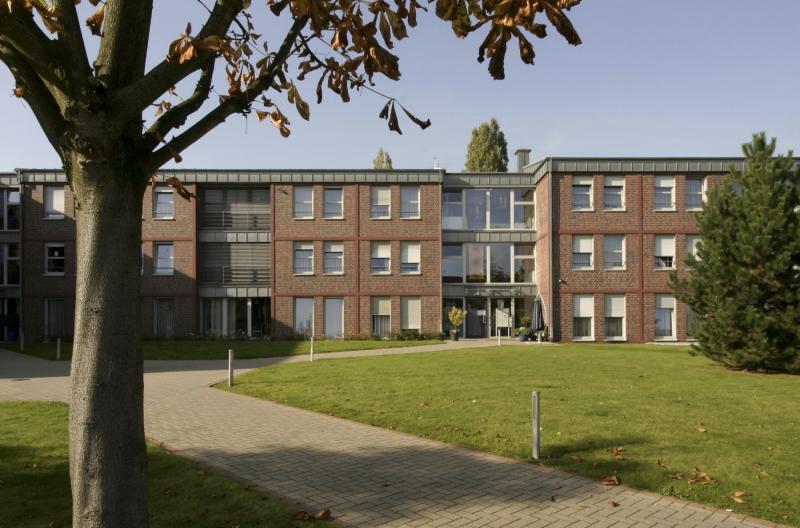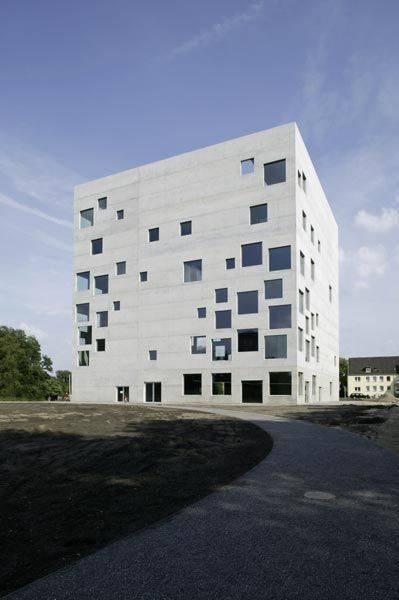Rotthauser Straße 46a, 45309 Essen
Icon legend
![]() This icon indicates an awarded building
This icon indicates an awarded building
![]() This icon indicates a listed building
This icon indicates a listed building
![]() Projects with this logo are on the UNESCO World Cultural Heritage list
Projects with this logo are on the UNESCO World Cultural Heritage list
![]() Project has been converted, renovated or extended
Project has been converted, renovated or extended
x close
![]()
![]()
1857 / 1902-1905 / 1992
Advanced search with more criteria
Total projects: 483

45884 Gelsenkirchen
Distance: 1.62 km

45309 Essen
Distance: 2.21 km

45309 Essen
Distance: 2.96 km

45309 Essen
Distance: 3.08 km
A pit frame and some brick buildings remind one of the Zeche Bonifacius pit, which once turned the village of Kray into an industrial site. Gewerkschaft Ver. Bonifacius started in 1857 to build two Malakow towers. Nothing is left of this plant. In 1899, Gelsenkirchener Bergwerks AG (GBAG) acquired the pit and turned it into a state-of-the-art pit. The extant buildings are from this period (1902 – 1905), designed by pit architect Bongard.
Even if the workshop has gone, the original arrangement of the buildings around a square can still be perceived. Bonifacius thus deviates from the basic pattern of other large pits here from the turn of the century.
Instead of a pit road with buildings, we here have a square. Particularly noteworthy are the former admin building and baths in the neo-Gothic style and the small infirmary with its morgue at the lower end of the square. The hoist halls are also worth seeing.
Their style differs from that of the other buildings and displays art-nouveau and neo-baroque forms. Lovers of hoists will get their money’s worth: A twin steam hoist with hoisting drums by GHH from 1913 and an electric hoist by Siemens-Schuckert from 1914 are exhibited here. The pit frame, a truss structure with horizontally arranged pulleys, is still extant, too. This landmark of the Essen mining industry was renovated in 1992/1993.
Although the Bonifacius pit was shut down more than 30 years ago (1974), the ensemble was saved from disrepair and demolition by a private initiative. Today, the buildings are listed and have been carefully renovated. They are used for commercial and catering purposes. The splendid neo-Gothic wages shed today houses the "Alte Lohnhalle" culture and conference hotel.
Author: Route der Industriekultur / Editorial baukunst-nrw
Last changed on 12.05.2009
Categories:
Architecture » Commercial Buildings » Offices